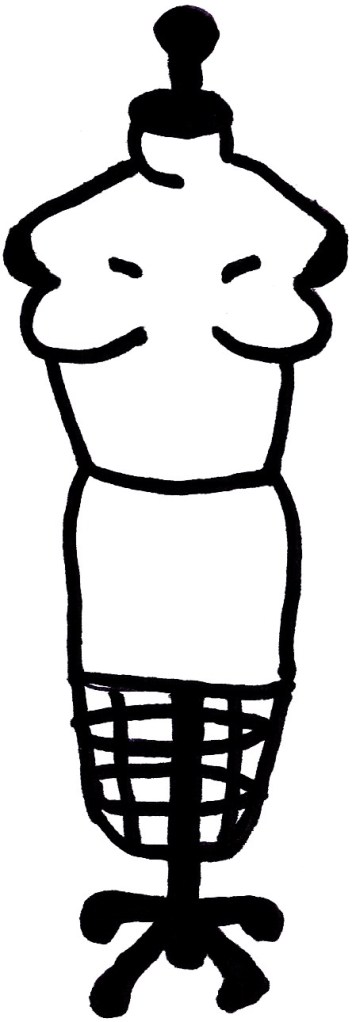The COVID-era two-hander Good Luck to You, Leo Grande is a little self-conscious & stagebound, but it’s also an admirably thoughtful, vulnerable drama for adults. Despite its obvious production limitations—mostly isolated to two actors verbally sparring in a single hotel room—it feels substantial enough to make you wonder why the Disney subsidiary Searchlight dumped it directly into the Hulu stream instead of giving it a proper theatrical push. Maybe it’s because it’s the rare Nancy Meyers/Nora Ephron style romcom that’s too saucy to watch with your mom, considering how lengthy & girthy its discussions of geriatric sexual pleasure can be. Or maybe the star power of its sole household name, Emma Thompson, wasn’t bright enough to guarantee box office success in America (as opposed to the UK, where it has been in the Top 10 box office chart for weeks). The movie wouldn’t be much without her, though, if it would exist at all. Screenwriter Katy Brand wrote the main role with Thompson in mind, and the actor makes herself incredibly vulnerable for the part as a widow who hires a young, ripped sex worker (Daryl McCormack, the titular Leo Grande) to help her achieve her very first orgasm. Thompson’s commitment & fearlessness in the part are unquestionable, but I do wonder what the film might’ve been like if the lead actor wasn’t so Movie Star beautiful. I don’t want to say that her tightly wound neuroses about her aging body came across as phony, exactly, since low self-esteem can (and does) hit anyone & everyone. I do think the movie plays it safe by hanging those neuroses off such a gorgeous, glamorous lead, though, even when she’s standing naked in the mirror, exposing all her body’s “flaws” for the audience’s scrutiny.
The reason I’m reluctant to call Thompson’s self-esteem struggle in Good Luck to You, Leo Grande “phony” is because I happened to watch a film this week that exemplifies exactly what phoniness would look like in that context. The 1957 Stanley Donen rom-com Funny Face has a lot of glaring faults, not least of all the fact that it’s a musical with exactly one good song (“Think Pink”, a sequence I’ve already seen parodied beautifully in Derek Jarman’s arthouse whatsit The Garden). It’s also packed with so much high-art Technicolor fashion photography—highlighting the artistry of costume designer Edith Head & couturier Hubert de Givenchy—that those faults hardly matter at all. It’s a film built entirely on phoniness, most notably in the preposterous romance between Audrey Hepburn as a bookworm philosopher & the much older Fred Astaire as a Richard Avedon-type fashion photographer. Astaire negs Hepburn throughout the film, mocking her academic interests in the philosophy of “Impracticalism” (a sentiment the movie shares) and, more dubiously, for her looks (a sentiment no one shares). It’s presented as a preposterous prospect that the “mousy,” “boyish,” “Peter Pan”-like Hepburn could become a high-price fashion model. Even the title “Funny Face” is a reference to her “unconventional” attractiveness, when that exact face has since kept the dorm room poster industry afloat for over half a century. Funny Face is enjoyable enough as a proto-Devil Wears Prada fantasy where an unfashionable bookworm accidentally falls upward to the top of the fashion industry (I’ll let you determine where Hepburn getting forcibly stripped out of her homely bookstore clothes by a room full of rabid fashion models fits in that fantasy), but it is unquestionably, 1000% phony, mostly because of who it cast in that central role as the “homely” academic-turned-model.
The age-gap intimacy of Good Luck to You, Leo Grande is much more authentic than the Old Hollywood phoniness of Funny Face. Thompson’s lonely widow is only unattractive in her own mind, where she beats herself up as a hideous troll & a “seedy old pervert” who needs to pay for satisfying sex. Her by-the-hour lover is shown to be similarly self-conscious, despite being a younger, gym-bodied smokeshow. Before & during each of their hotel room trysts, the two main players are shown primping themselves in separate mirrors, nervous about how their physical bodies will be perceived by their sex partners. I just still think there’s something weirdly cautious about casting someone as glamorous as Thompson in that central role. Just as Hepburn did not have anything that could be reasonably called “a funny face”, Thompson meets a high Movie Industry beauty standard that prevents her from coming across as an everyday everywoman. Surely, part of the point of Good Luck to You Leo Grande is about how badly she needs to climb out of her own head, since most of her paid-sex sessions qualify more as talk therapy than they do physical intimacy. I just wonder if the film might’ve had more impact if someone less remarkable had been cast in Thompson’s role, someone the average audience could more closely relate to. Considering how shallow the distribution already was for the film even with a movie star at the helm, though, it’s unlikely that it would’ve ever made it past the festival circuit under those conditions. And, hey, Thompson is a talented actor who can carry a scene with ease, so it’s probably for the best that it was written with her in mind.
As a quick aside, I want to note that phoniness isn’t an automatic dealbreaker. These two movies are hardly comparable, but I will admit that I’m much more likely to rewatch the glaringly flawed, intensely phony Funny Face in the future than I am to revisit the small-stakes, intimate authenticity of Good Luck to You Leo Grande. For all of Funny Face‘s faults, watching Hepburn pose in all those gorgeous Givenchy outfits around Paris reaches momentary heights that no raw, vulnerable intimacy Thompson achieves in that closed-off hotel room set ever could. Hollywood fantasy is a powerful drug, and I’m apparently willing to put up with a lot of phoniness to chase that high.
-Brandon Ledet



